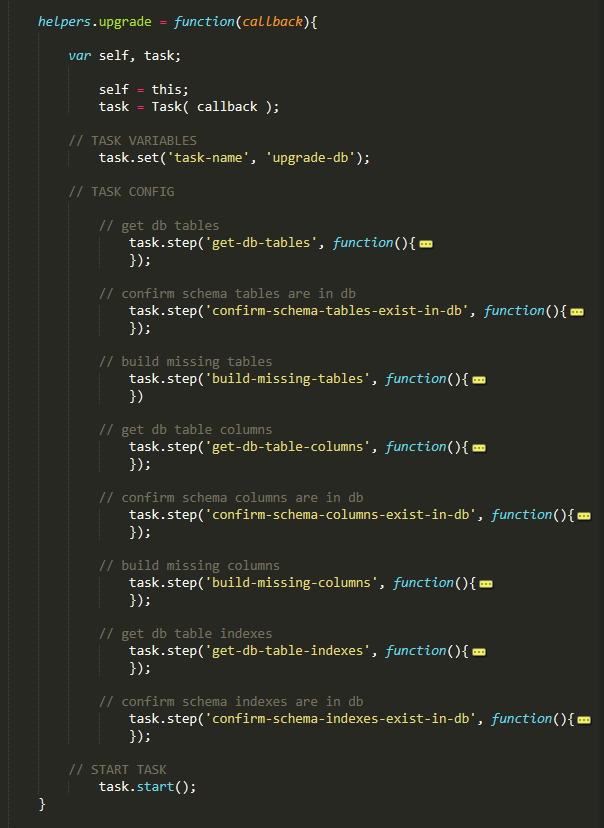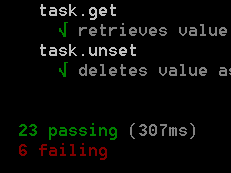Had an interesting lunch with Ire today.
She writes about web development on bitsofcode, which is ridiculously popular. People have shared stuff she’s written on sites like Reddit, and some of her posts have gotten to the front page. Amazing!
In contrast, nobody reads what I write or uses what I’ve made. I’d come to believe that will change over time. Then I met Ire.
She started writing in March and already gets so many people reading her blog and using the things she’s made. She clearly knows a thing or two about making things people want. I asked her if I could buy her lunch, hoping I can pick her brain over the meal, and she agreed.
During our conversation, she asked me a few pointed questions. Answering them opened my eyes.
“Who is your audience? Who do you write for?”
“I write for myself.”
“Oh you mean people like you?”
“No .. I actually mean for myself. Once, I wrote a post with literally no objective. I let my mind wander and just wrote.”
Interesting. Why was I surprised nobody else reads my blog?
She writes to help others learn about building websites. She researches and puts together brilliant, concise pieces that help you understand a little bit more. An overwhelming majority of her posts contain information that is valuable to me, and I’ve been building sites for more than 5 years.
People find her posts useful and share it with others. Her traffic isn’t coincidental, really. She writes for others and the results are commensurate.
Even the things she’s made gets use.
“When I’m building, I make it really easy for people to initially use and customize. They can go deeper and tweak it more later on, but it needs to be super easy for them to use in the beginning.”
When I build outside work, it’s typically to an audience of one. Myself, or the friend who is going to end up using it. It usually requires modification for others to use it. Why am I surprised nobody uses stuff I’ve made? It requires an upfront commitment in the first place. Nobody has that kind of time.
Overall, it was a very enlightening conversation. I’m writing to an audience of one. I’m building for a user base of one. The results are commensurate.
Adim and I started blogging to start networking with developers in Nigeria. We felt isolated and wanted to get to meet our peers, connect with them and work on interesting things together.
To be honest, I’d also like for people to know what I do, what I’m capable of and want to work with me. That’s why I started writing more frequently, documenting my thought process as I work.
The trouble is I’m writing with no consideration for my target audience.
This is more like a public diary than anything else, at the moment. Nothing wrong with that, but it doesn’t address why I write. If I want specific results, I need to do things that move me at least one step in that direction.
I need to take some time to write for others if I want them to read my writing. It needs to be packaged in a format that they can quickly glean the information, because apparently other people don’t like reading. I knew this, but since I love reading, never really optimized my posts for most people who don’t like reading.
Making sure things I make are easy for people to pick up and use with as little configuration as possible is super critical. Adim’s always talking about things “it just works” when we get into our Apple vs Android / Windows discussions. Build it so it works with the least amount of fuss and configuration. Make it so that it just works. I guess I’m starting to understand what he means.
I’m not going to stop writing for myself. I like doing these sorts of things. What I need to do is keep in consideration why I write.
On a regular schedule, package posts for others. When I’m extracting some code to form a library, make it as “drop in” as possible, with excellent default settings.
I write and build software for others to enjoy. It’s time I started ensuring the things I make reflect that.
![2090035[1]](http://designbymobi.us/wp-content/uploads/2015/09/20900351.jpg)
![lobby_1440x550[1]](http://designbymobi.us/wp-content/uploads/2015/09/lobby_1440x5501.jpg)






